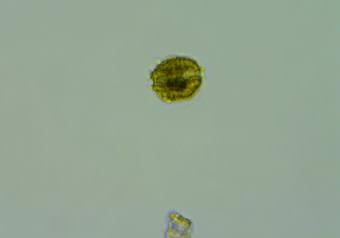
Those butter clams you just found may not be safe to eat if you harvested them near Juneau’s Auke Recreation Area.
In a new report released Friday, Southeast Alaska Tribal Ocean Research found high levels of biotoxin that causes paralytic shellfish poisoning inside the butter clams.
According to the research partnership, paralytic shellfish poisoning can temporarily paralyze you, or worse, it can stop your breathing and kill you.
The organization measures biotoxin in species found in specific sites near Alaskan communities.
The latest report shows that in some Auke rec butter clams, researchers found about three-times the level of toxin accepted by the Food and Drug Administration.
The group doesn’t have recent data for biotoxin levels in Auke Bay, Amalga Harbor and Eagle Beach.
Outside of Juneau, the group didn’t have new data for Haines, Yakutat, Hoonah and Hydaburg.
Researchers did issue a butter clam advisory for Nahku Beach in Skagway and for multiple species in areas of Ketchikan, Wrangell, Metlakatla, Klawok, Craig and Kasaan.
The organization advises you to be careful and get toxin levels tested when harvesting shellfish. You can’t get rid of the toxin that causes PSP by freezing or cooking it.
